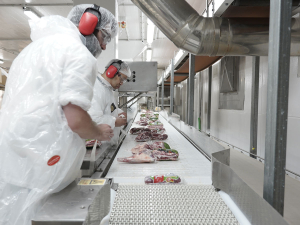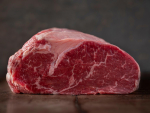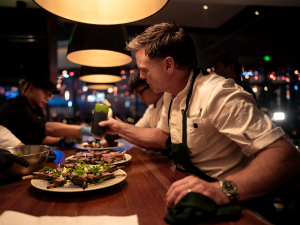Lower volumes from meat processing plants are impacting export returns for New Zealand red meat.
According to the Meat Industry Association, the red meat sector exported products worth $564 million in September, down 8% from September last year, with lower production levels impacting volume.
The US was the largest export market at $143 million, 5%, followed by China which dropped 41% year-on-year to $106 million.
Meat Industry Association chief executive Sirma Karapeeva says there was ongoing demand for New Zealand red meat, but lower production levels affected export returns.
“The most noticeable trend for the month, and the third quarter, was the drop in the volume of exports compared to last year,” says Karapeeva.
“This appears to be largely due to a drop in production over recent months. There has been less meat produced and available for export.
“In general, there is still demand, except perhaps in China, but supplies have been constrained in recent months.”
Between January and May, beef production was up 4% on the same period last year and sheepmeat production was up 6%. However, between June and August, both beef and sheepmeat production were down by 24%.
Karapeeva said the opportunity to target a large range of markets and those with strong demand was helping companies to mitigate fluctuations.
There were increases in both sheep and beef exports to Canada, up 71% to $40 million, the Netherlands, up 48% to $30 million and to the UK, which grew 5% to $25 million.
While beef exports to the US fell by 4% by volume in September to 8,244 tonnes, the value increased by 15% to $90 million. The average value of New Zealand red meat exports to the US also grew from $9.14/kg to $10.92/kg.
The volume of sheepmeat exports to the UK increased by 36% to 1,806 tonnes but the value was up by 46% to $18 million. Similarly, sheepmeat exports to the EU were up 12% by volume to 3,086 tonnes but the value was up 23% to $55 million.











